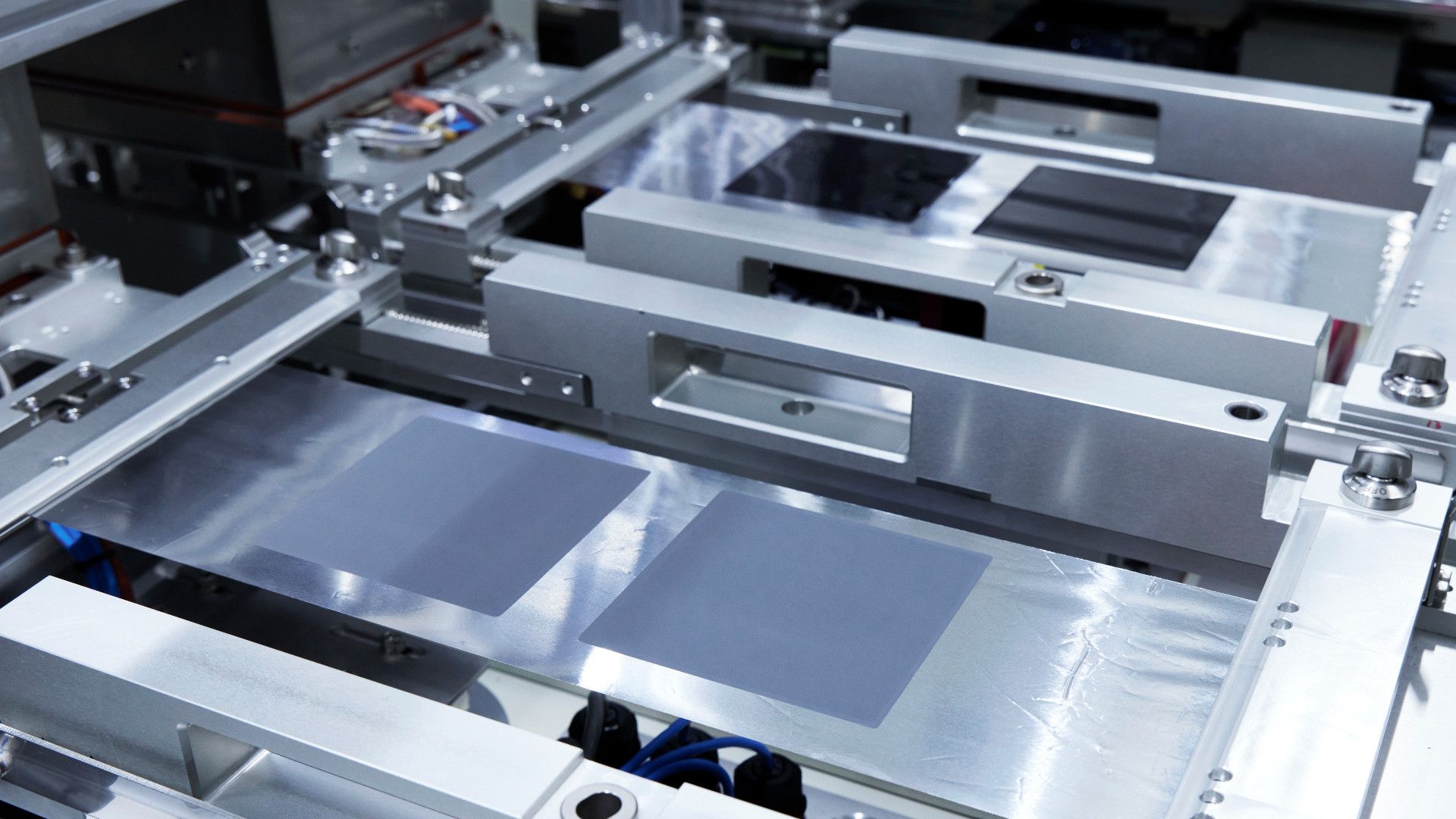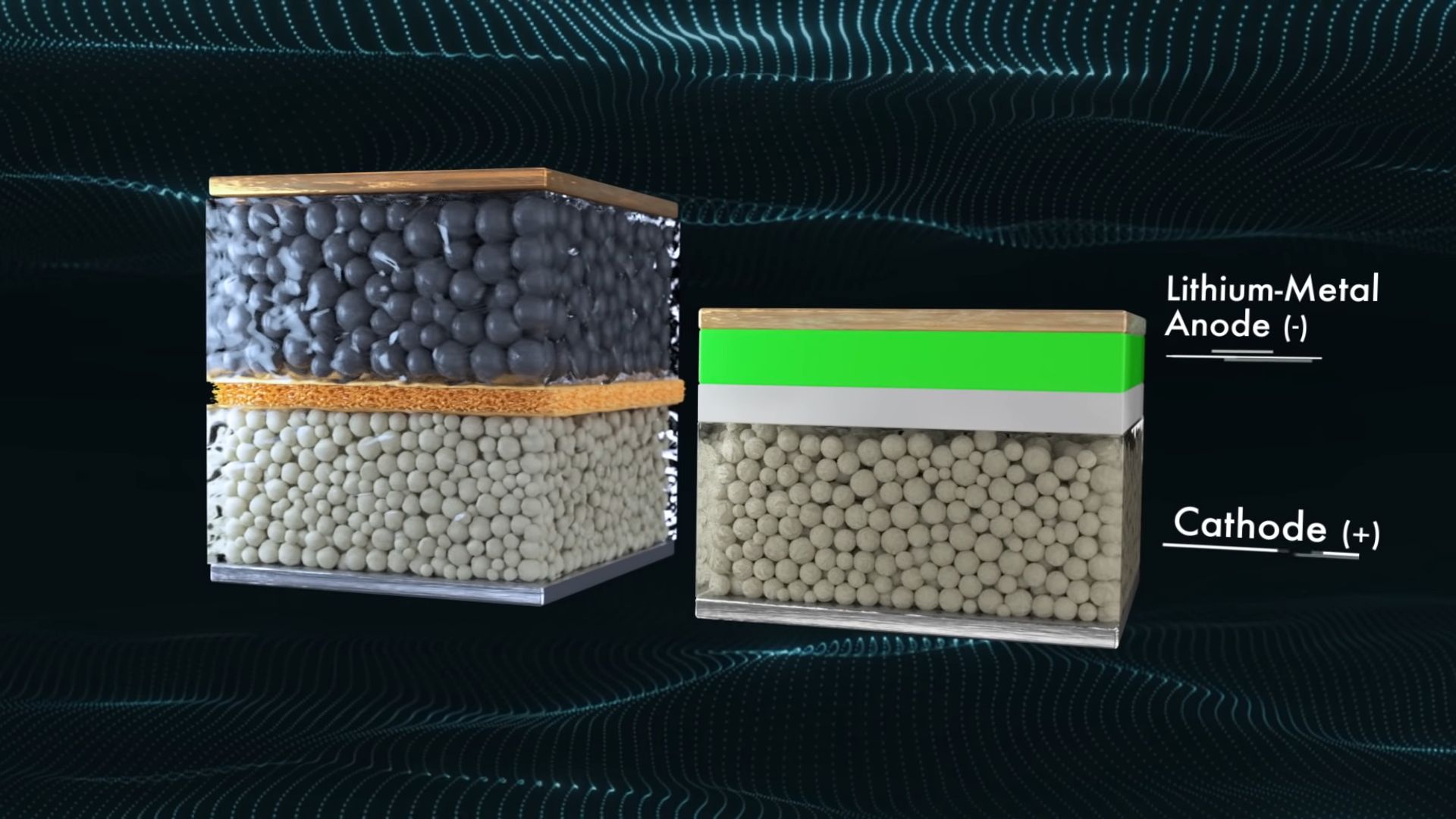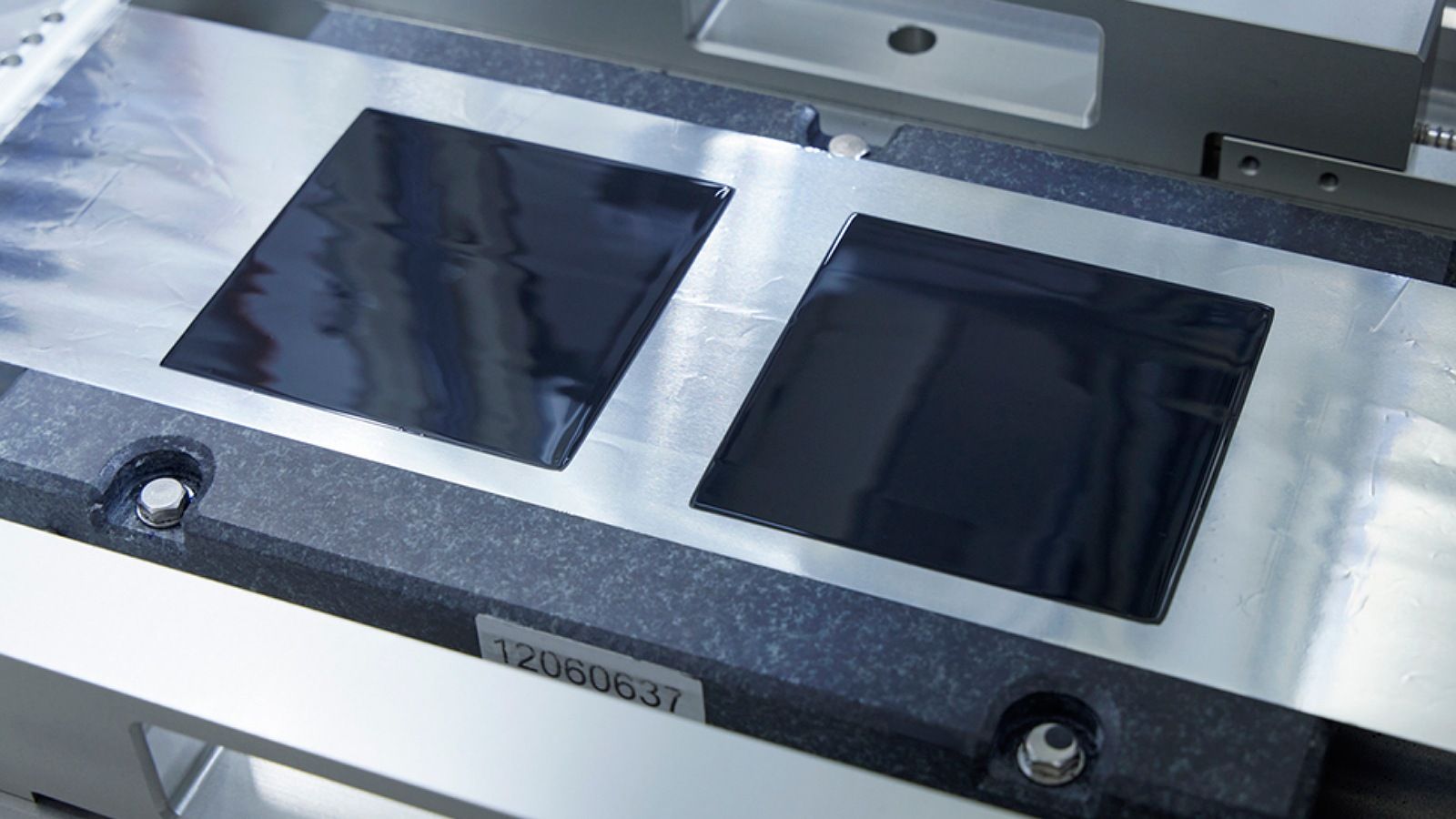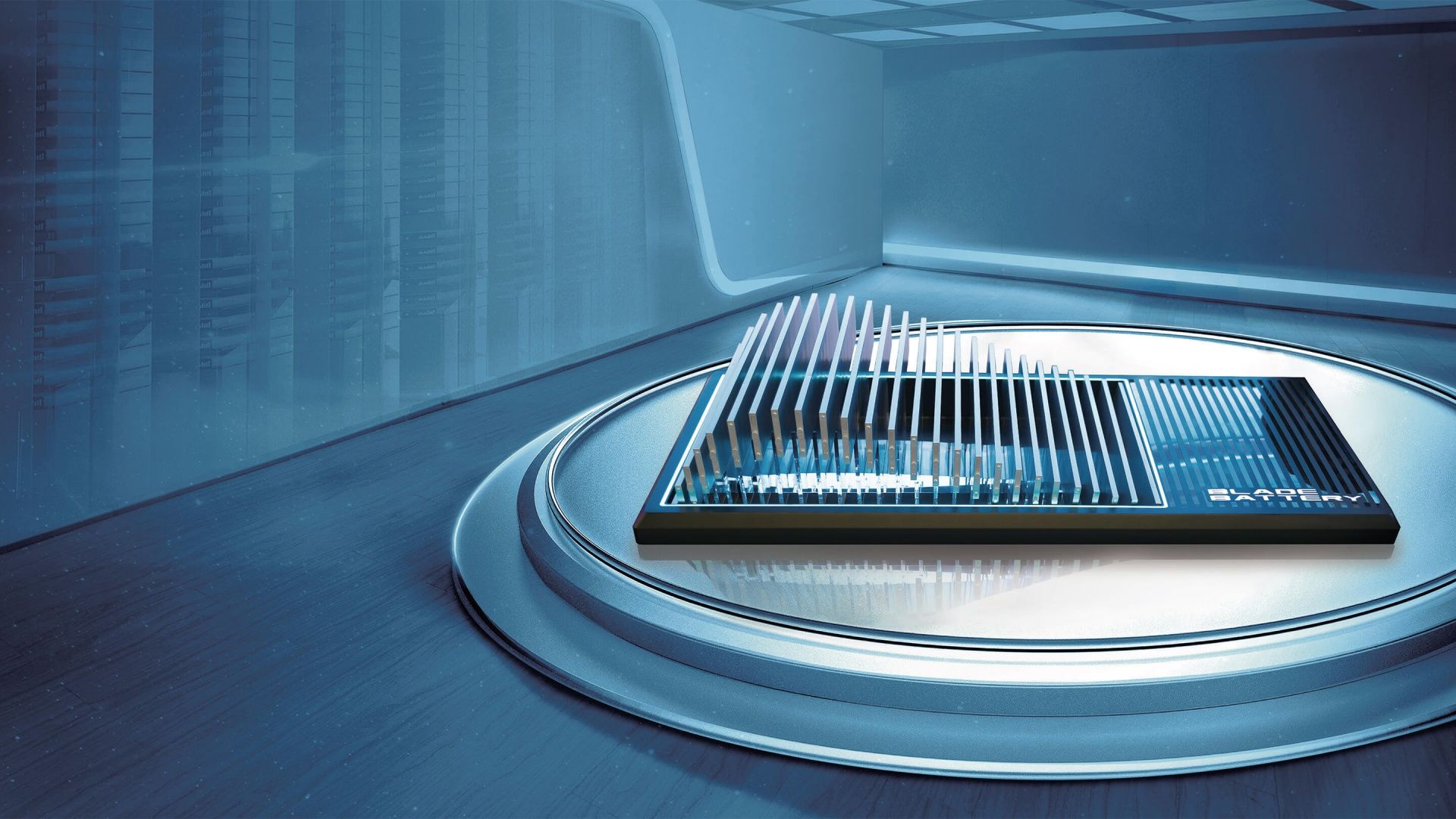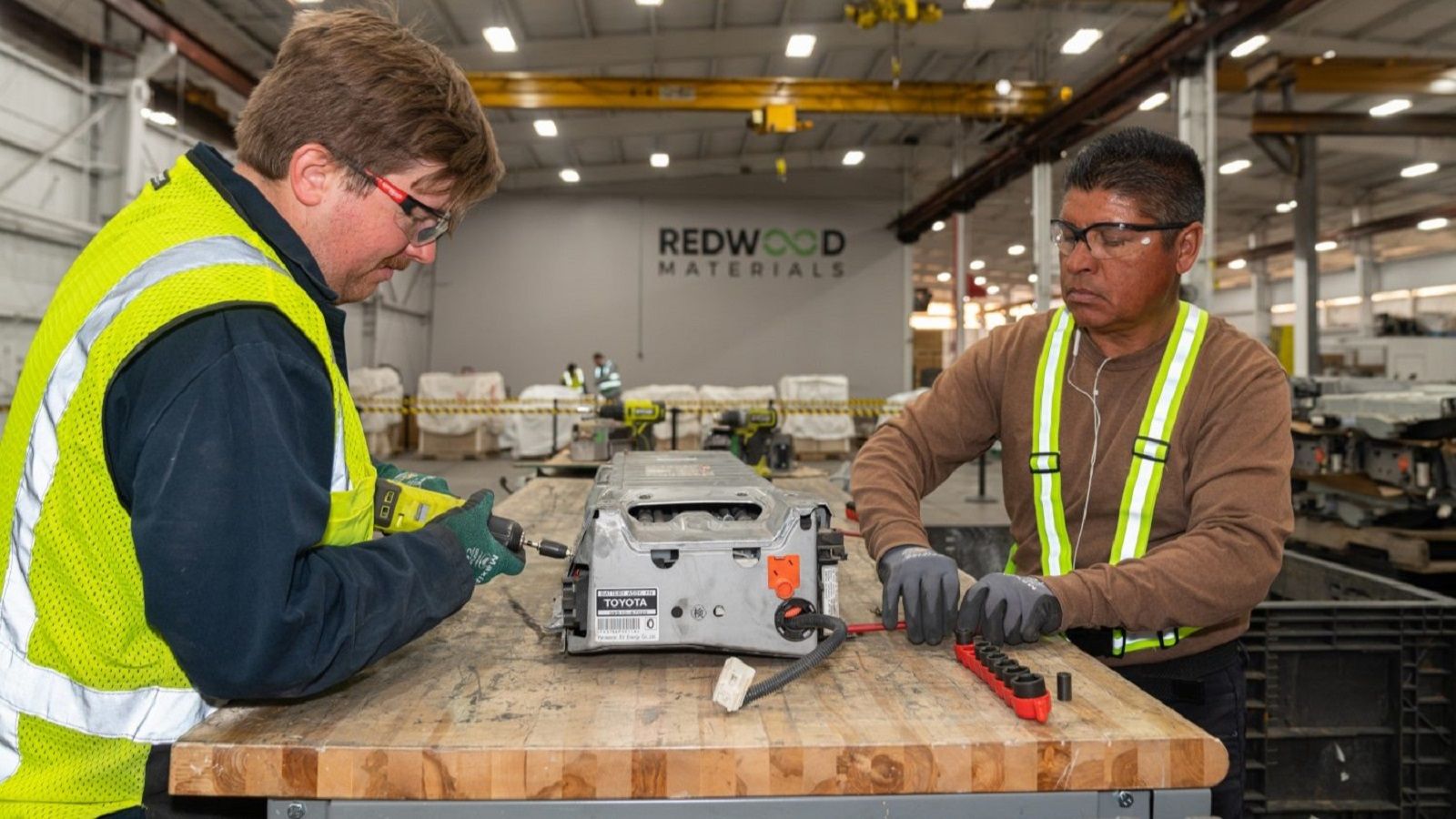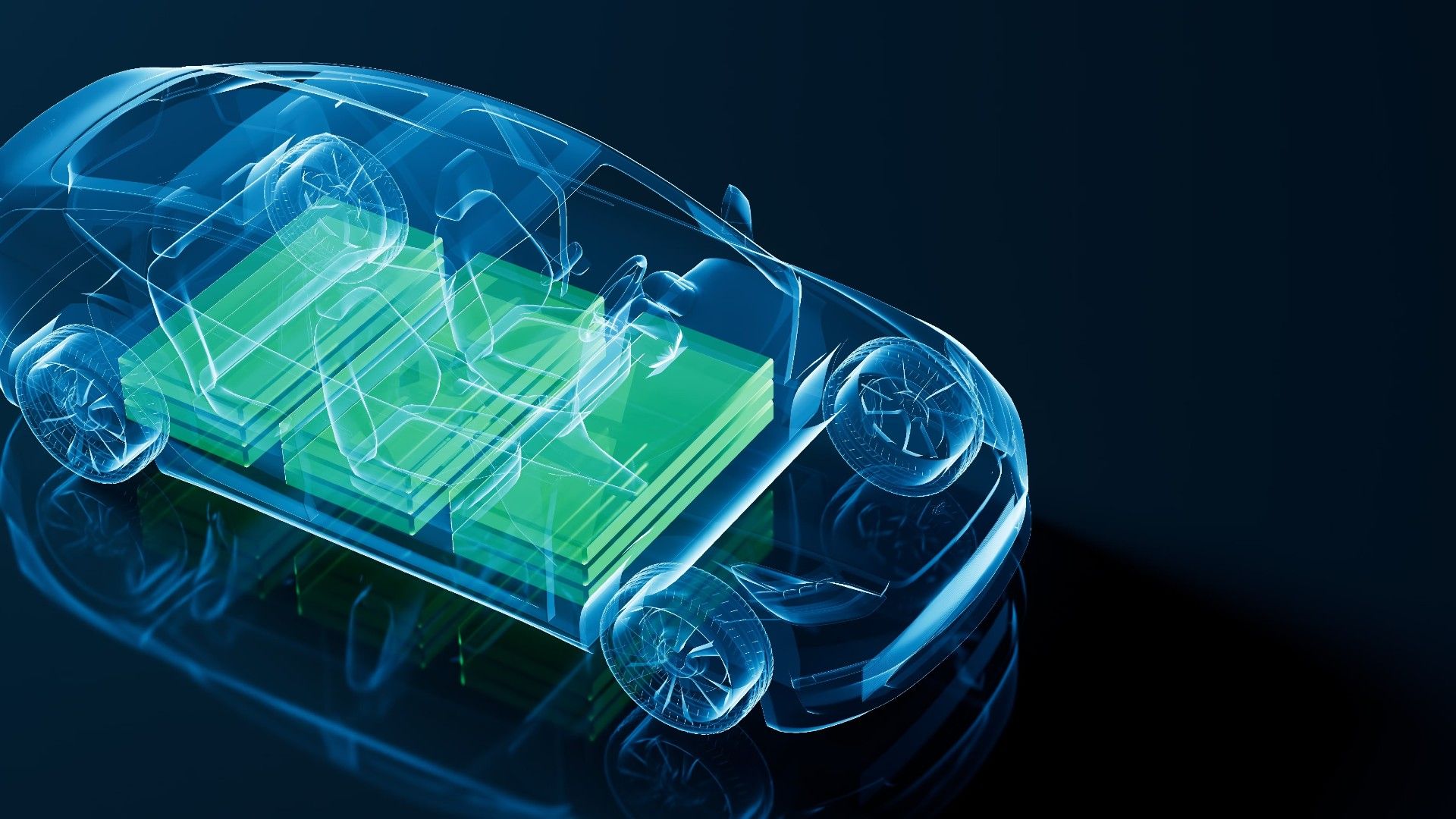Summary
- Solid-state batteries hold promise for longer lifespan, increased range, and faster charging times, making EV ownership more appealing for consumers.
- The challenges faced by solid-state batteries, such as poor stability and high surface resistance, are being addressed through research and development efforts by various institutions and companies.
- While solid-state batteries have the potential to be a game-changer, improvements to current battery technology and the development of sodium-ion batteries could impact their widespread adoption.
Solid-state batteries have been promised by major car manufacturers for quite some time now. Toyota, one such carmaker that invests in developing this technology, intends to launch a hybrid car with solid-state batteries by 2025. Solid-state batteries are the foremost in terms of battery technology for the EV future coming to fruition faster than many legacy automakers expected.
This battery technology should deliver a longer life span than currently used lithium-ion batteries, more range, and faster charging times, among other benefits. Since legacy automakers are banking on this technology to hit mass markets by 2025, people waiting for some nuances of owning an EV to be addressed to pull the trigger on buying one should be excited. But why wait until 2025? What are the challenges preventing the widespread use of solid-state batteries right now? Is the advancement toward this technology noticeable, or is it stuck in time? Here’s what’s been going on with solid-state batteries.
Updated on August 5, 2023: As 2025 approaches, the thought of solid-state batteries taking over the EV industry has many people watching the market. Waiting to see how everything unfolds, including those of us reporting on the process. For now, we must all contend with reading about the updates as things progress, so keep coming back for the latest information as it becomes available.
There Are Still Tricky Issues For A Viable EV Solid-State Battery
Many challenges are posed by using solid electrolytes versus the current liquid electrolytes in lithium-ion batteries. The stability of these batteries is usually poor, and their high surface resistance limits their output and, concurrently, their applications. But advancements are, in fact, happening on more than one front.
From companies like battery manufacturer QuantumScape to renowned universities all over the world, such as Harvard in the States, as well as Tokyo University of Science, among others, from legacy and BEV carmakers to even NASA, many institutions are working on improving the technology, fix its issues and make the leap toward mass-market application.
Solid-State Battery Use Will Depend On Figuring Out The EDL
The widespread commercial application of solid-state batteries is currently faced with a still unknown challenge. Exactly how the surface resistance shown by these batteries happen continues to be something that evades researchers’ knowledge and is linked by them to a phenom called the Electric Double Layer (EDL). This EDL effect happens at the solid/solid electrolyte interface, an issue that, for obvious reasons, doesn’t happen with liquid-chemistry batteries such as the ones used in BEVs and hybrids today.
This unpredictable EDL effect is one of the main reasons solid-state batteries aren’t available on present-day EVs. But as researchers’ optimism remains resilient and more resources are put into it, it seems reasonable to believe the needed breakthroughs for solid-state batteries will happen in the coming years, if not sooner. All this research and development is, after all, highly fueled by the gigantic EV market in the world today. As the saying goes, ‒ money talks ‒, and there is a lot of it to be made with suitable solid-state batteries.
Solid-State Can Be A Game-Changer, But Others Are Trying To Improve Current Battery Technology Instead
Different approaches to building a solid-state battery are being tested, and the EDL effect is being reduced to the point where it is becoming more predictable. But solid-state technology faces other problems, like the further development of current liquid-chemistry batteries. CATL, the world’s largest battery manufacturer, as well as the U.S. Department of Energy’s Pacific Northwest National Laboratory, has experimented with sodium-ion batteries,
Sodium has some advantages over lithium-ion batteries, one of them being the high availability of the material over lithium, but it also has some trade-offs. A hybrid battery pack that uses sodium and lithium-ion is also being tested by CATL and could make batteries more affordable and better overall for current BEVs. This solution could put solid-state batteries in check should their cost be prohibitive.
Solid-State Batteries Could Virtually Eliminate Range Anxiety
The current average range for an EV is around 300 miles now, with every year that passes raising the distances even more. But, take a step back for a moment and look at what the people at NASA have been able to accomplish with their solid-state battery research. Granted, the people at NASA have some of the best minds on the planet, but they are more than willing to share their knowledge and findings with the rest of the world.
What they have found, last year no less, is that by using the technology that they currently use in aircraft, they can produce automobile batteries that can double, or even triple, the range of any current EV on the market. Not to mention, cut the charging times down to hours rather than days. Since one of the leaders in space technology, QuantumSpace, has joined forces with Volkswagen to prove the point by 2025, time will show if the numbers can be formed into fact.
Conventional Battery Technology Still Has Room For Improvement
Battery technology has improved tremendously since the beginning of the current BEV revolution, and their cost, which accounts for a large portion of a BEV’s price, has decreased proportionally. BYD, the largest EV automaker in China, far ahead of Tesla in sales in that market, has plans to tackle the EV market Stateside, and that promises to bring EV prices further down, much closer to current ICE vehicles, making the transition towards a BEV easier for customers.
BYD already supplies a few cities in the U.S. with electric buses made in a factory built several years ago in Lancaster, California. They’ve been analyzing the American market for some time now, and when they come with all their resources, they’ll do so with a sound strategy that could really shake things up in the EV market in the US.
Solid-State Batteries Are Not As Explosive As Lithium-Ion Batteries
There are a ton of news write-ups online and on paper about the dangers of EVs and the battery fires that will surely happen if you own one. The facts are not quite that straightforward, though, because, for the most part, the findings are that an EV is just as safe to own as an ICE vehicle when it comes to the chance of it spontaneously erupting into flames due to an explosive battery.
That is not to say that lithium-ion batteries are not explosive because they are. They actually have an explosive flash point of 18 to 145 degrees Celsius, with the most dangerous point being right around room temperature. Of course, safeguards are built into the battery, so the occurrence of an explosion is far less than you would imagine, but it does happen. On the other hand, solid-state batteries are not flammable, so a blast due to a battery will never happen.
Saving The Environment Until It Is Time To Replace The Solid-State Battery
Reducing your carbon footprint on the Earth is one big reason to invest in an EV, so it goes without saying that you will recycle and reuse everything you can. After all, there is no point in trying to reduce the harm you do to the environment in one way without taking steps in other areas of your life to do the same. The problem with that line of thinking is that if you purchase an EV with a solid-state battery installed, when it comes time to replace it, you will not have any way to safely discard or recycle it.
As of yet, there is no good way to recycle a solid-state battery. The only way to get rid of them is to toss them out. Doing this will cause irreparable harm to the planet because of the chemicals used during the manufacturing process to make the battery in the first place, including lithium. Hopefully, by the time the batteries need to be replaced, a solution will be found for this dilemma. If not, a warehouse somewhere in the world will be tasked to hold these used-up batteries safely until some type of solution can be found.
Solid-State Batteries: Cost-Effectiveness And Viability For The Long Haul
For a full ICE to BEV transition to take place as fast as possible, something that interests society as a whole, particularly due to environmental and health concerns, EVs need to be affordable, and that’s why batteries are so important. They’re expensive, and making them cheaper, either by scaling production, or finding ways to make them more energy dense, enabling the use of smaller battery packs without compromising range, or even by transitioning to a whole new technology such as solid-state batteries, is critical for a sustainable future.
Considering the advancements that have been shown so far, along with the expectations and plans of companies and research institutions for the near future, solid-state batteries should indeed become viable in the next couple of years. What remains to be seen is how feasible they will be compared to already existing batteries, which will also improve over time. The technology will be there, but which one will win the mainstream is still anybody’s guess.

